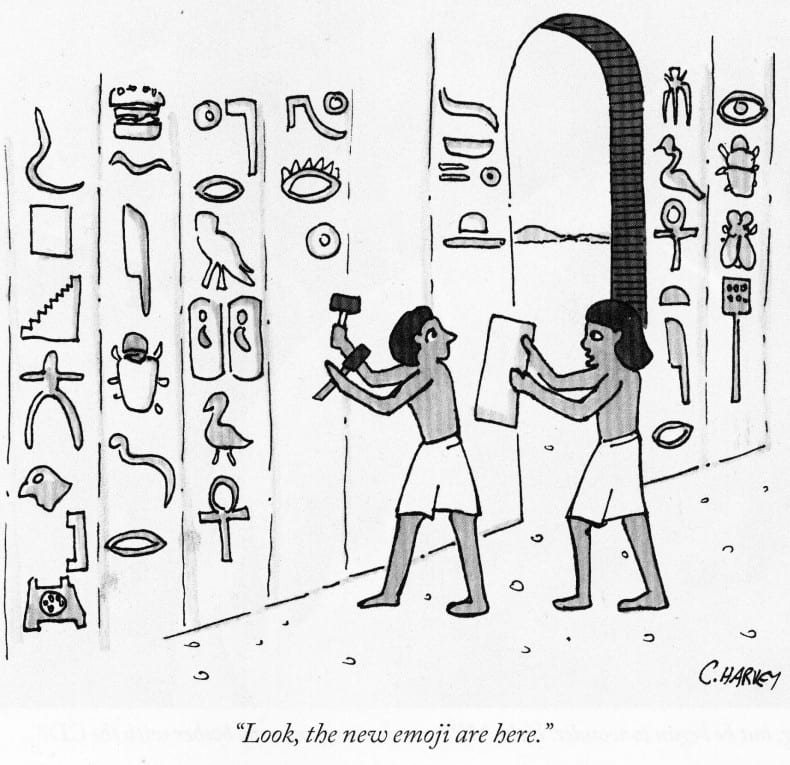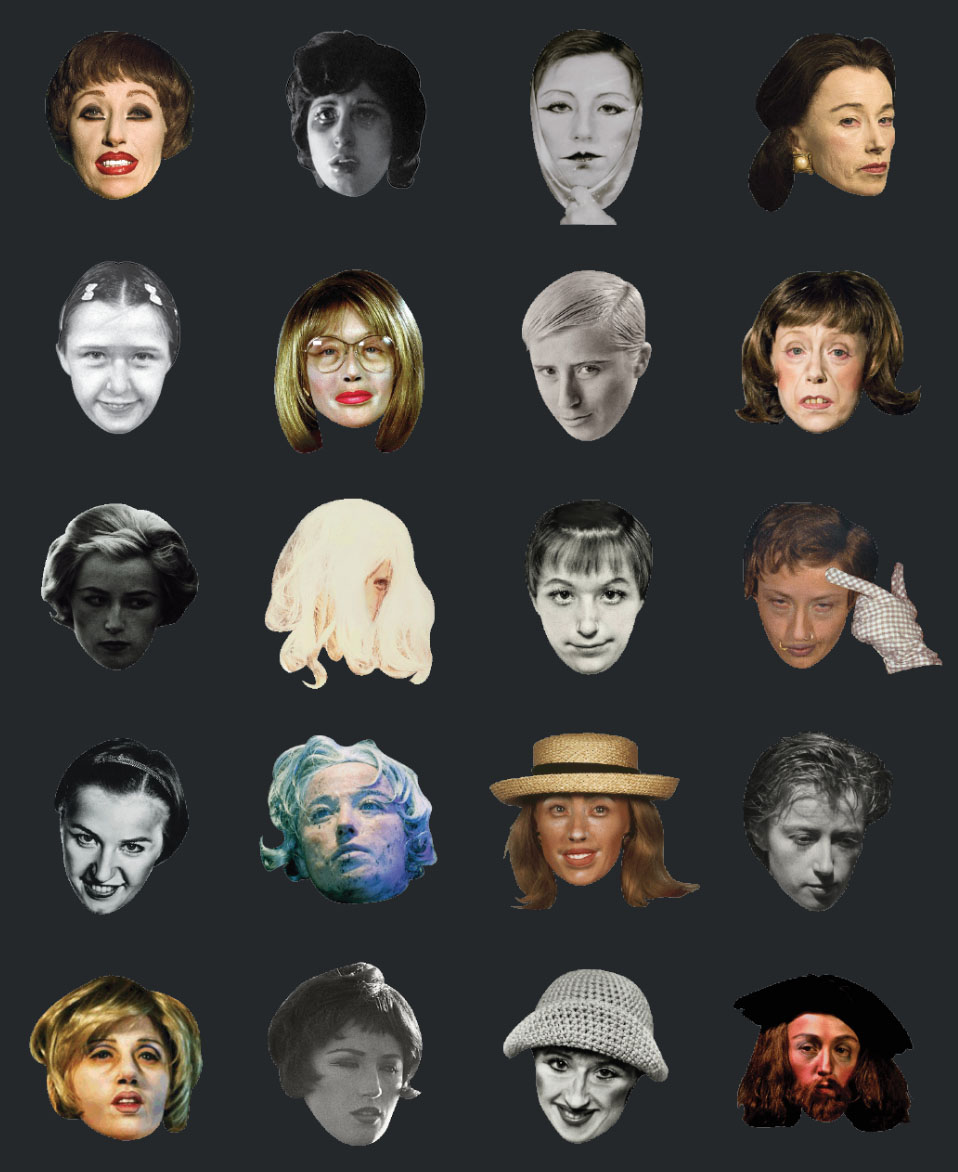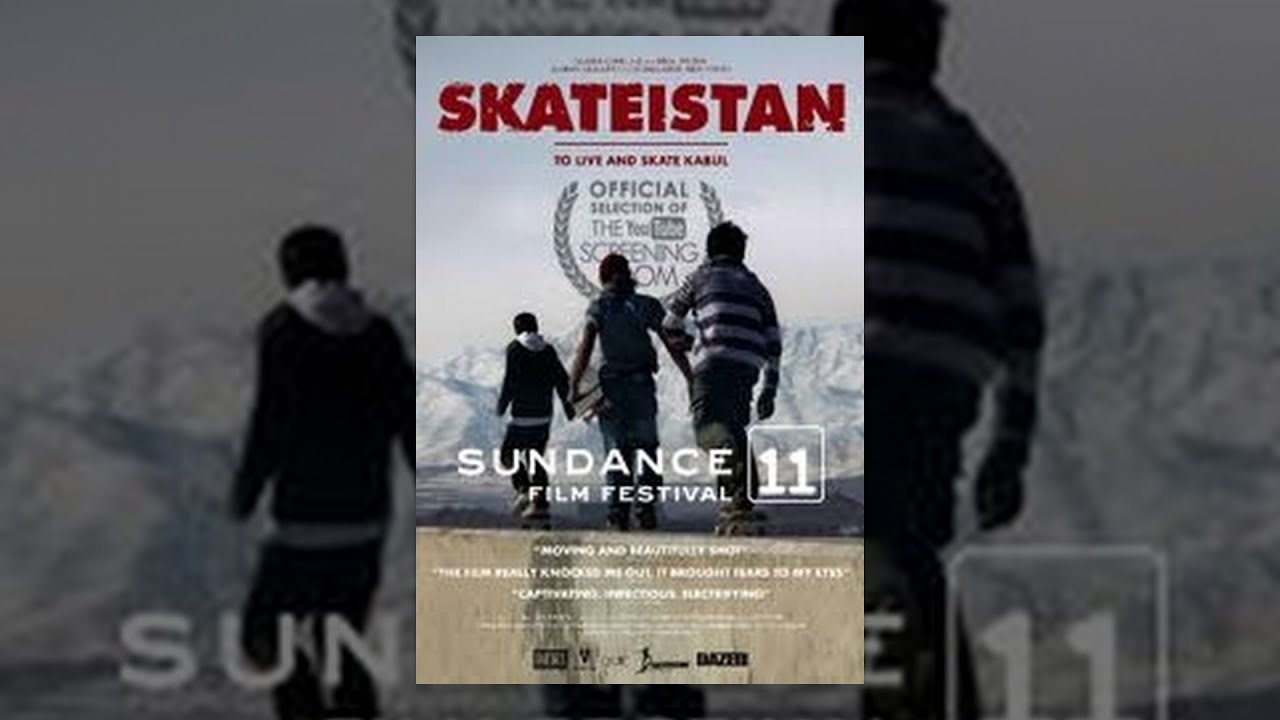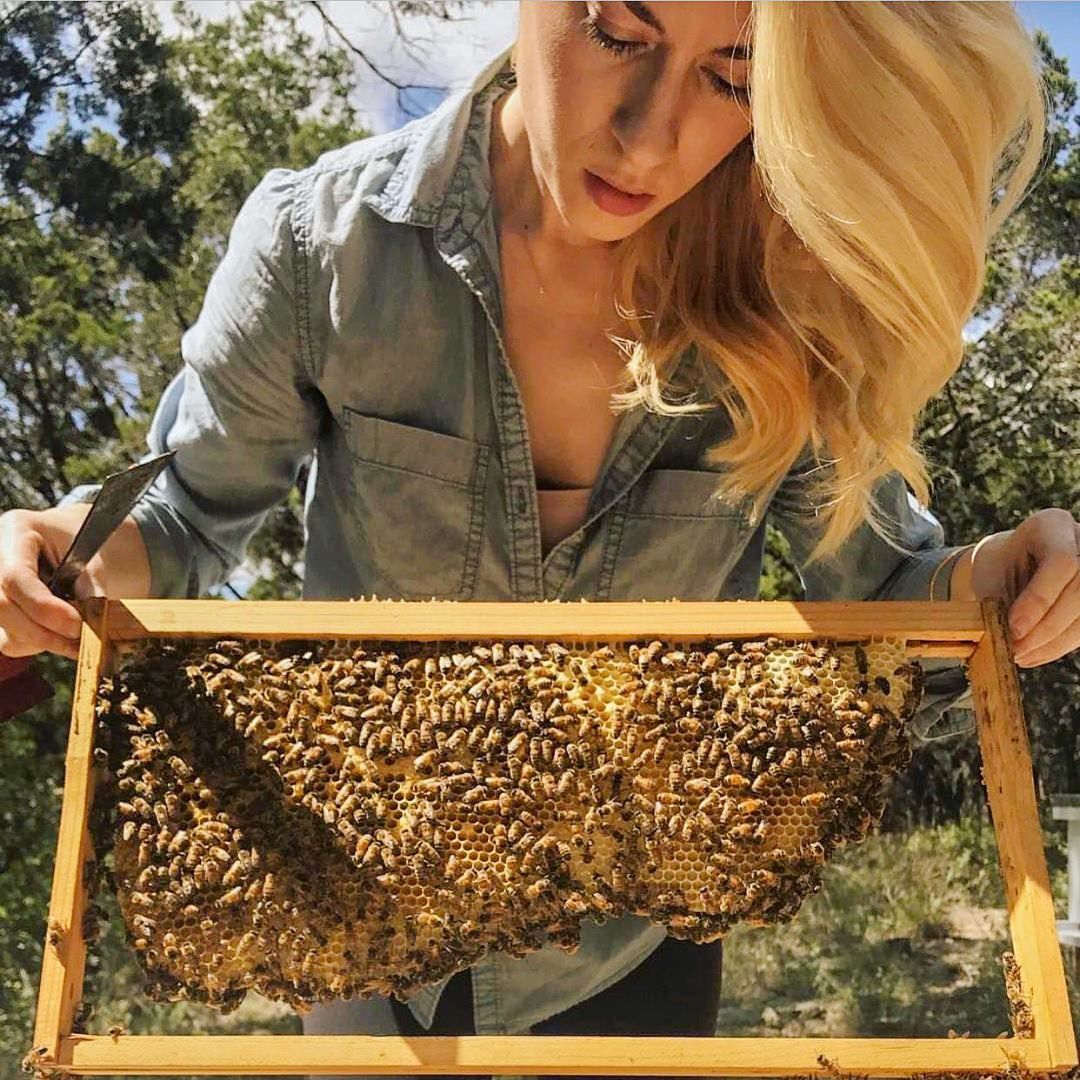Emoticons (short for “emotion icon” formed out of keyboard symbols), and emojis (pictograms) are being so widely used that we’ve been hearing news reports that they might possible become a new language: a sort of modern day hieroglyphics. You can track hundreds being used on Twitter using Emoji Tracker. Fred Benenson published Emoji Dick, an emoji translation of the Herman Melville’s massive classic Moby Dick. His Emoji Transation Kickstarter proposes to create an emoji translation engine and phrase book. Best of all, artist Cindy Sherman has devised her own set of emojis which she’s offering as a free download.
Although we love possibilities in the realm of emojis (see more below), we like the constraints of making emoticons using just keyboard symbols, and are playing around with Wikipedia’s essential list of FORTY (click to embiggen).
![]()
Amazingly, their roots lie in the very first emoticons which appeared in 1881, in Puck Magazine:
![]()
Reclusive British artist Matt Brown has created Emoticon Self Portraits. He loves emoticons because he can communicate his emotional states more effectively via the internet “without physically meeting anyone”.
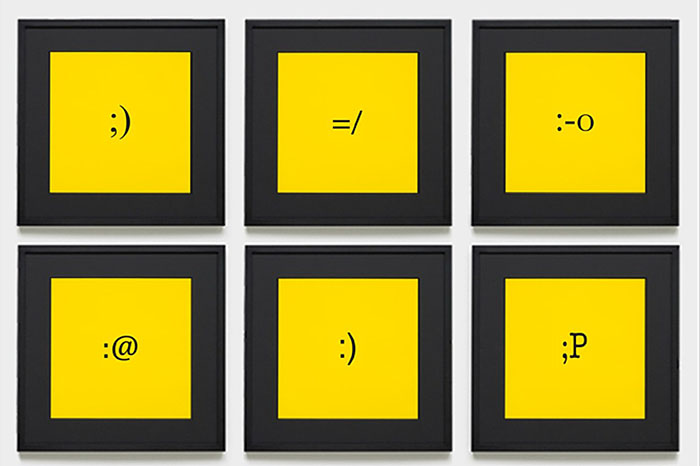
We love this collection of emojis made from artist Ray Yoshida’s work…
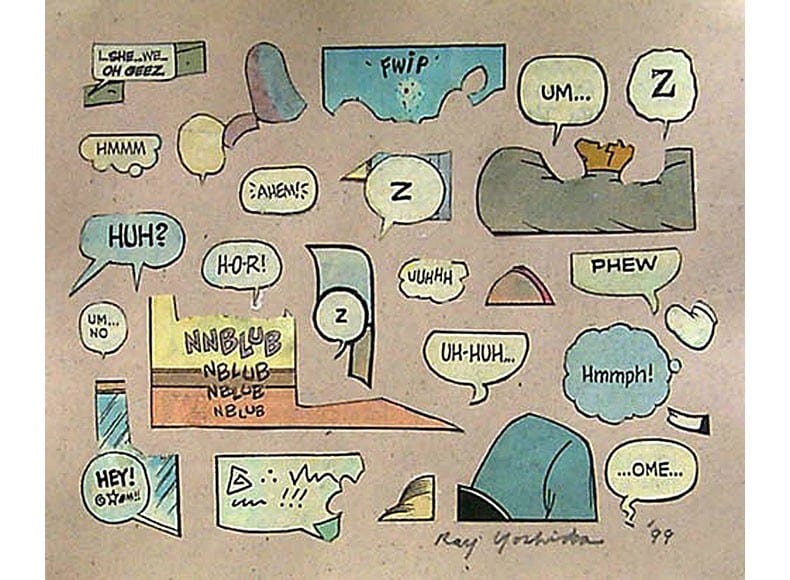
…
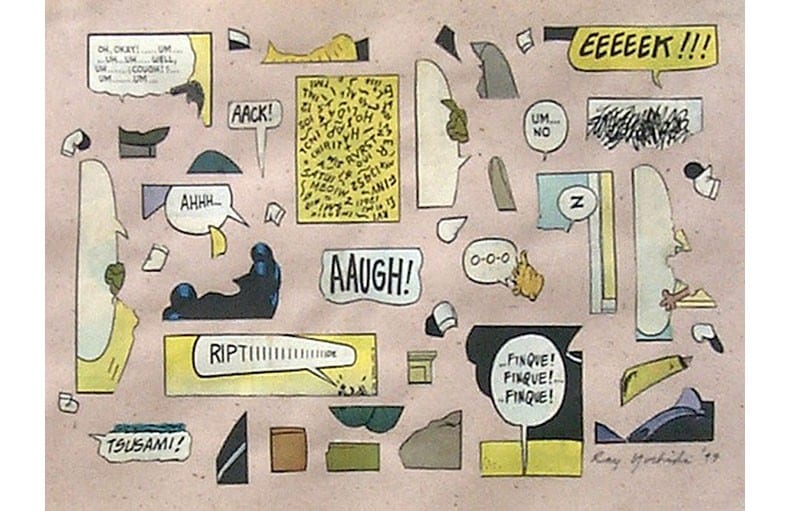
…
